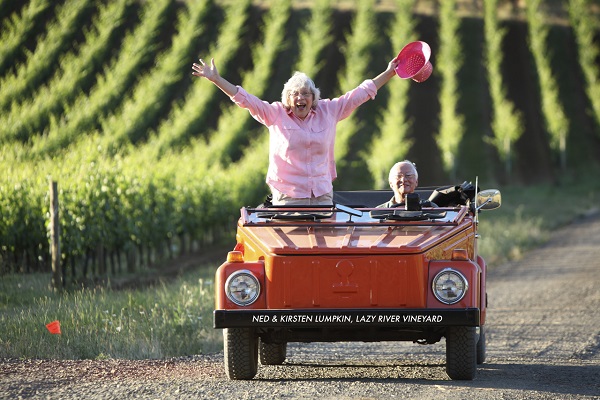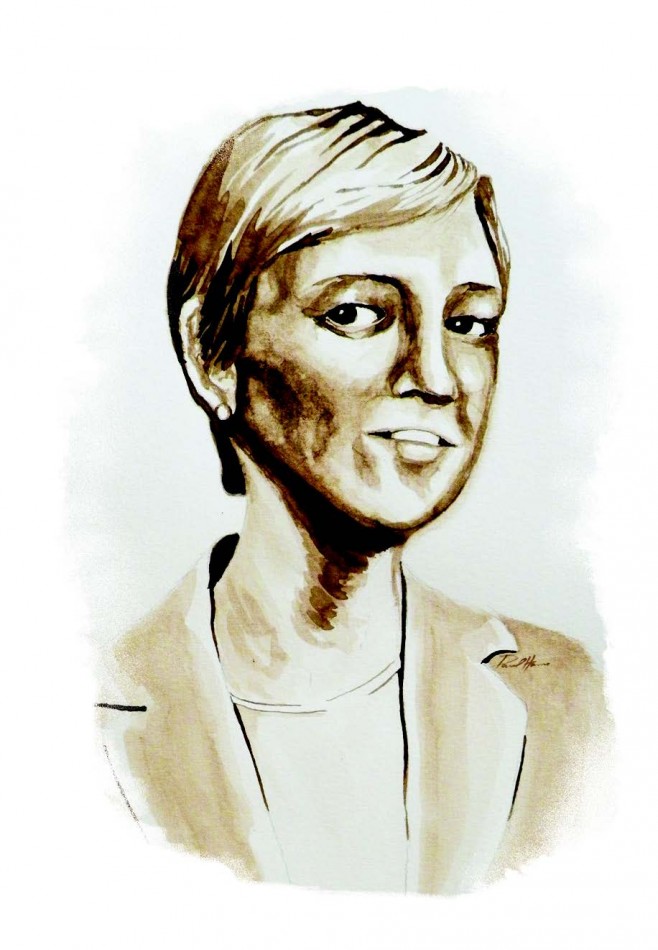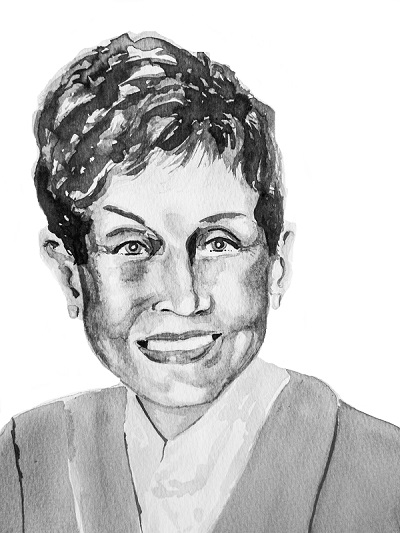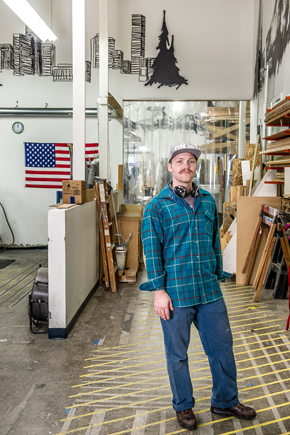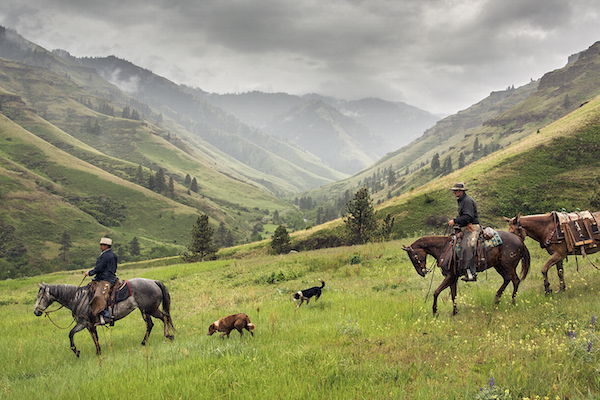At age 60, Ned and Kirsten Lumpkin were set to live out their retirement as ski bums. After owning a construction business, recreation was just what they thought they needed. In the end, a life built solely on powder turns was not enough. In 2000, they threw themselves into a new career, planting a vineyard on a south-facing slope in the Yamhill-Carlton AVA.
As the grapes matured, the Lumpkins searched for a winemaker. Seasoned winemaker Eric Hamacher was looking for a winery for his label, Hamacher Wines. The wheels started turning over a few glasses of wine at a makeshift dinner table in the Lumpkins’ equipment shed.
The Oregon legislature had just passed a bill allowing multiple independent wineries to share a facility. Winemaking equipment is prohibitively expensive for most small labels, and Hamacher knew “homeless” winemakers who were constantly in need of a facility.
Plans began for a winery that could host six to ten independent winemakers. Ned’s construction experience became invaluable when the Lumpkins, Hamacher and his wife, Louisa Ponzi, purchased a site in Carlton and broke ground on the Carlton Winemakers Studio. “This is such a collaborative place,” Kirsten says of the studio. “It is the epitome of Oregon’s wine community. I don’t think it would work anywhere else.”
The building, built to LEED standards, is currently home to eight winemakers. The Lumpkin label, Lazy River Vineyards, Hamacher Wines and anchor tenant, Andrew Rich, have been there since the studio opened in 2002. All are independent, but studio staff manages the facility, production and the tasting room. Tenants pay rent based on the weight of their fruit at harvest.
Frequent calls come in from people around the world who want to emulate the model, says studio manager Ellen Brittan. “They call and are very excited, but as I delve into the realities of managing eight winemaking operations under one roof, I can practically see their eyes glazing over,” she says.
Their tasting room is a central place for trying over forty wines produced in the facility. Traffic is high in the welcoming indoor-outdoor space just blocks from wine tourism magnet, downtown Carlton. The tasting setup drives a healthy competition among the winemakers. “When you know your wines will be tasted alongside those of other winemakers, you have an added incentive to produce the best wine you can,” says Ned.
Lance Paolazzi holds together this collaborative as its production and facilities manager. He regulates the year-round flow of work around the tanks, bottling processes and barrel room real estate. All of this crescendos at harvest, when a delicate twenty-four-hour-a-day dance ensues. Paolazzi takes into account each label’s work crew, when their grape deliveries will arrive and how much of the facility they need to use. “There are endless nuances,” says Brittan.
Chaotic as it may seem, turnover among winemakers is low. The draw for winemakers is building a brand before they invest in a facility, as well as the business model and the camaraderie. When a spot does open up, the staff carefully considers who will succeed in the studio environment.


